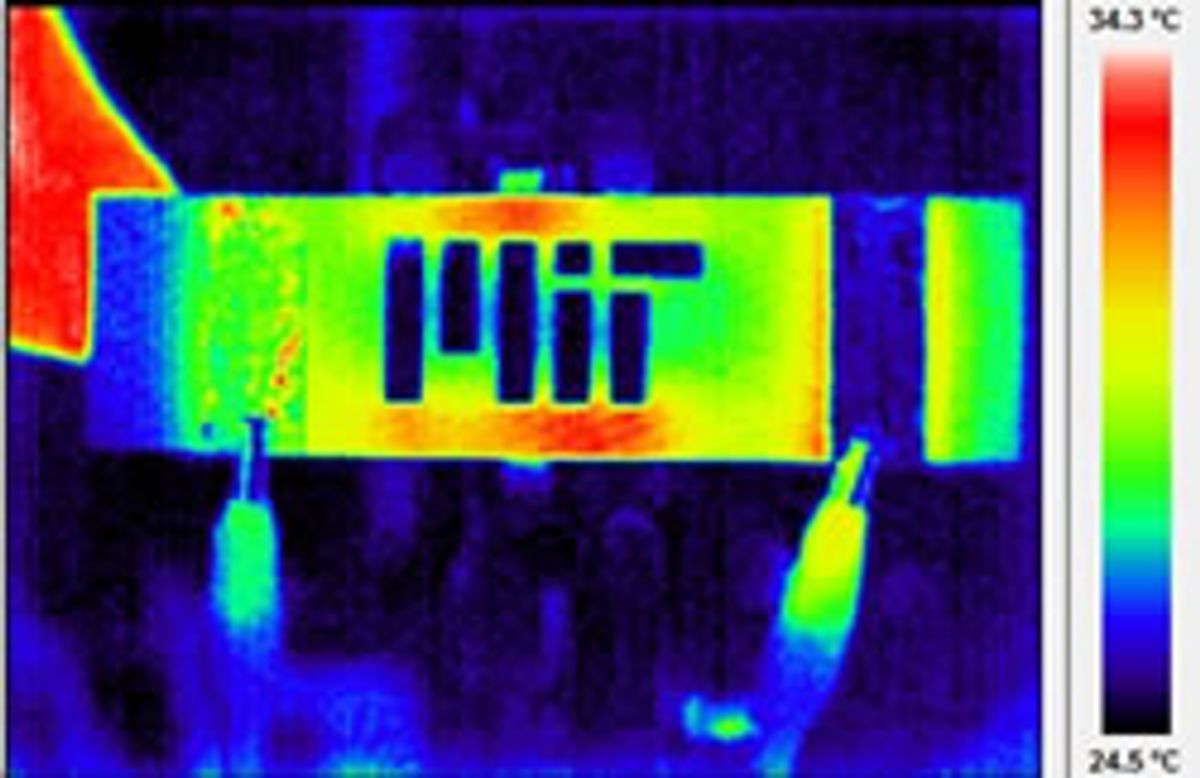I have made light of some efforts to use carbon nanotubes in the filler materials for carbon fiber composites. It always struck me as more a marketing ploy than an effort to produce a carbon composite that was significantly stronger than typical varieties.
"It's a very clever way to utilize the properties of carbon nanotubes to deliver that thermal energy, from the inside out," says Douglas Adams, associate professor of mechanical engineering at Purdue University, in an MIT press release.
The research, which was initially published in the March 22nd online edition of the UK’s Institute of Physics journal Nanotechnology, depends on carbon nanotubes being included in the material matrix in order for it to work.This could be a way in which carbon nanotubes will become more widely used in these advanced composites. It allows for a much cheaper inspection method than is currently available, which alone could offset the extra costs of use CNTs in the fillers for these materials.
It certainly should benefit one of the main aims of Wardle’s work, which is “to improve the performance of advanced aerospace materials/structures through strategic use of carbon nanotubes (CNTs).”
While the US Air Force and Navy are reportedly interested in the technology, it will be interesting to see if commercial aircraft become involved. It seems now CNTs are no longer only selling their strength in composites but their ability to cheapen inspection.
Dexter Johnson is a contributing editor at IEEE Spectrum, with a focus on nanotechnology.




